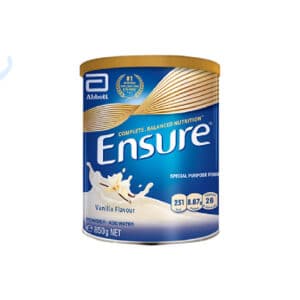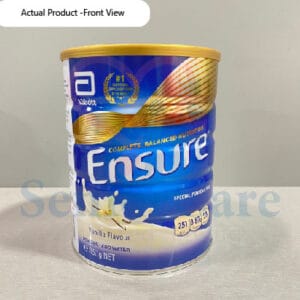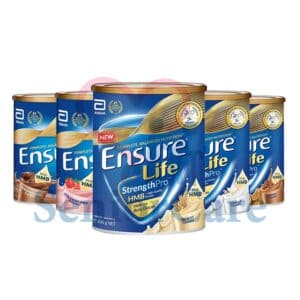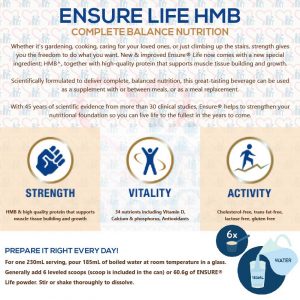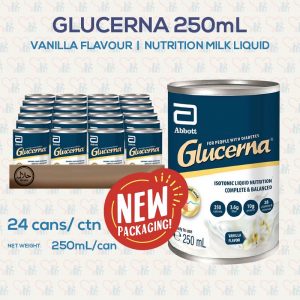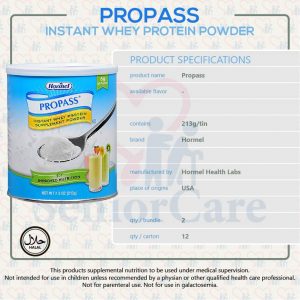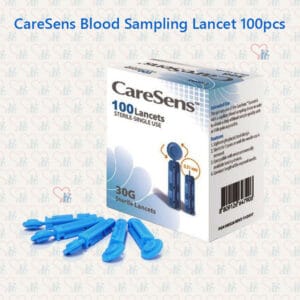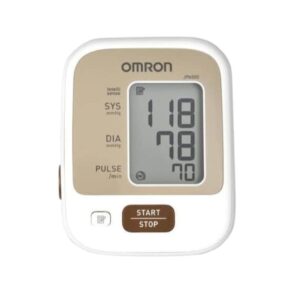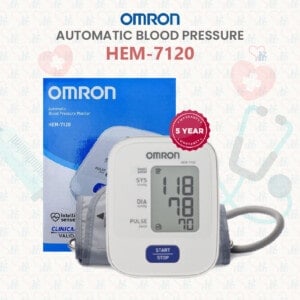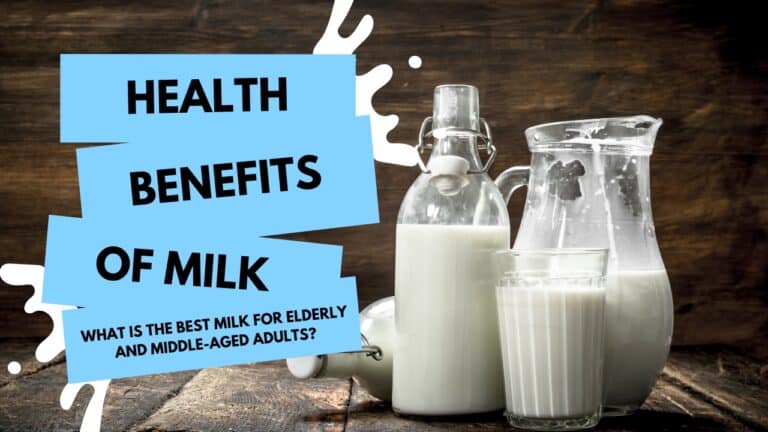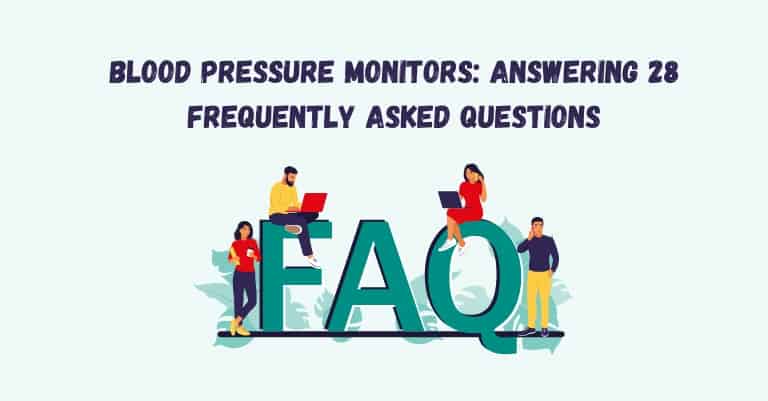Senior Health Monitoring Tips: Essential Guidelines

Seniors play a vital role in our lives, and it is important to ensure that they are healthy and happy. As we age, our bodies go through changes making it all the more necessary for us to monitor our health regularly.
In this blog, we will cover senior health monitoring tips, the importance, and ways to maintain good health at an advanced age. We will also discuss key health indicators that should be monitored such as blood pressure and blood sugar levels.
Additionally, we will provide tools like blood pressure charts and blood sugar converters that can aid in accurate readings.
Finally, we will talk about how the interpretation of these measurements can impact overall well-being. Join us as we delve into essential guidelines for senior health monitoring!
Understanding the Importance of Health Monitoring in Seniors
Regular health monitoring is crucial for seniors to detect and address potential health issues. It helps maintain a good quality of life and prevents complications.
Early detection through monitoring leads to timely intervention and better outcomes. Consistent monitoring enables tailored treatment plans.
Health monitoring empowers seniors to take charge of their well-being and make informed decisions.
Why Should the Elderly Stay Healthy?
As we age, the likelihood of developing chronic conditions like heart disease, type 2 diabetes, arthritis, cancer, and dementia rises.
However, the bright side is that embracing and sustaining certain health-conscious habits can significantly extend the lives of older adults while ensuring they enjoy a higher quality of life.

Prioritizing their health is crucial for seniors as it promotes independence, enhances quality of life, and reduces the risk of chronic conditions.
Staying healthy enables them to remain active, enjoy social interactions, and minimize healthcare costs. Optimal health contributes to mental well-being and emotional resilience.
How can We Maintain Good Health for the Elderly?
To maintain good health for the elderly, it is important to encourage regular physical activity suited to their abilities.
Regular check-ups and preventive screenings help identify potential health concerns. Also, a balanced diet with essential nutrients is crucial. If you are looking to add to their diet, check out the following best-selling products:
Facilitating social connections and participating in community activities promote overall well-being. Supporting mental health through meditation, social engagement, or therapy if needed is also important.
The Role of Regular Check-ups and Health Screenings

Regular check-ups and health screenings play a crucial role in senior health monitoring. Identifying health issues early allows for timely intervention and treatment.
These routine appointments also provide an opportunity to discuss concerns and receive professional advice.
Health screenings help monitor key indicators and identify potential risk factors, supporting a proactive approach to health management. Stay on top of your health with regular check-ups and screenings.
Key Health Indicators to Monitor in Seniors
Blood pressure (BP), cholesterol levels, and blood sugar are key health indicators to monitor in seniors. Regular monitoring of these indicators allows for early detection and timely management of potential health issues. Stay proactive by keeping track of their key health indicators.
Blood Pressure Monitoring: Why and How?
Utilizing a BP chart by age and gender is essential for accurate readings. These charts serve as a reference to understand blood pressure levels and identify potential risks.
Monitoring blood pressure trends over time helps determine if it falls within the normal range. Consistent use of charts ensures reliable data for healthcare providers to track progress and evaluate interventions.

Blood Sugar Tracking: A Crucial Aspect of Senior Health Maintenance
Blood sugar tracking plays a vital role in senior health maintenance. By using blood sugar converters, individuals can easily interpret and compare their blood sugar readings in different units.
This not only helps in monitoring diabetes management effectively but also facilitates communication with healthcare professionals across regions.

Understanding blood sugar conversions, as well as utilizing tools like a blood glucose meter and a blood sugar conversion chart, is crucial for seniors managing their blood sugar levels and ensures convenient and accessible monitoring of their health.
These devices provide seniors with an average glucose value that can help them understand their body’s response to their dietary and lifestyle choices.
Monitoring Cholesterol Levels
If you are a senior, your cholesterol level is important. A simple blood test may be used to check it, and if it is high, you may need to make lifestyle modifications.
Eating healthy foods and getting regular exercise can help lower your cholesterol level. If that isn’t enough, your doctor may prescribe medication to help improve the situation.
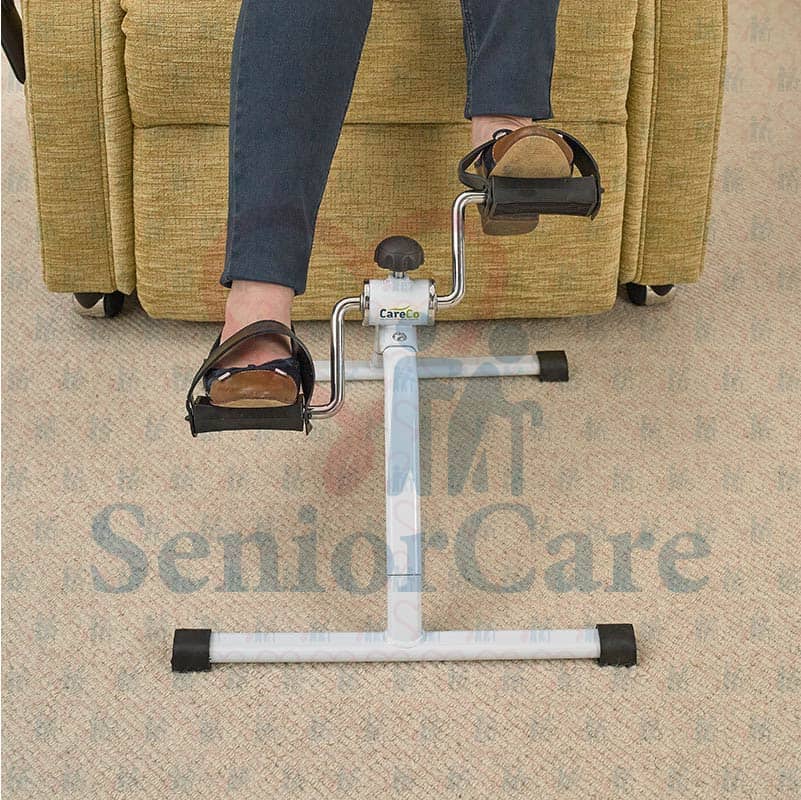
Tools for Effective Health Monitoring
Consistent monitoring empowers seniors to make informed decisions and take control of their health. Here are the tools that can help you in monitoring their health:
Blood Pressure Charts and Monitors for Accurate Readings
Accurate blood pressure readings are essential for monitoring senior health. Utilizing blood pressure charts aids in interpreting measurements accurately.
It allows individuals to track and manage their blood pressure consistently, ensuring effective communication with healthcare professionals.
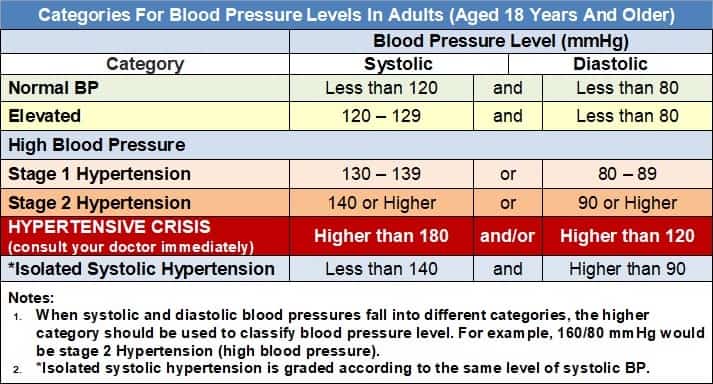
By understanding the readings in terms of the molar concentration, measured in millimoles per litre (mmol/L), one can identify high blood pressure levels and take the necessary steps to maintain a healthy lifestyle.
Monitoring blood pressure regularly is crucial in preventing complications and promoting overall well-being.
This clarification helps individuals accurately interpret their blood pressure levels and make informed decisions regarding their health.
Blood Glucose Converters, Lancets, Strips and Monitors
Blood sugar converters simplify the process of converting blood sugar measurements. Users can input values and obtain readings in their preferred units, helping them track and monitor their diabetes effectively.
The addition of the keyword “milligrams” emphasizes the alternative way of measuring blood glucose levels in the United States and continental Europe, where mass concentration is measured in milligrams per deciliter (mg/dL).
These converters ensure accurate data for healthcare professionals, making them a practical tool in managing diabetes.
Accurate readings are crucial as they provide vital information that can be life-saving for these vulnerable groups.
A blood glucose monitor is a portable device that empowers individuals to measure their blood glucose levels anytime, anywhere.
Check out CareSens blood glucose monitor along with essential accessories, including:
What are the Normal Blood Sugar Levels for Seniors?
Normal blood sugar levels for seniors typically range between 70 and 140 mg/dL. Seniors need to maintain stable blood glucose levels, which is the amount of glucose, the primary source of energy for the body cells, present in the blood, for their overall health.
Consistently high or low levels may indicate underlying health conditions that require attention. Regular monitoring helps manage diabetes and prevent complications.
According to the American Diabetes Association, the blood glucose target range for diabetics should be 5.0 to 7.2 mmol/l (90 to 130 mg/dL) before meals and less than 10 mmol/L (180 mg/dL) after meals.
Chronically high blood sugar levels can indicate that your body has a dysfunction with regulating glucose in the bloodstream. Consult a healthcare provider to determine the target range based on individual circumstances.
How Does the Interpretation of Health Measurements Impact Overall Well-being?
In conclusion, regular health monitoring is vital for seniors to maintain their well-being and detect any potential issues early on. By staying proactive and taking appropriate measures, seniors can lead a healthier and more fulfilling life.
It is crucial to prioritize their health and make necessary lifestyle adjustments, such as maintaining a balanced diet, engaging in regular physical activity, and attending regular check-ups and health screenings.
By utilizing tools like blood pressure charts and blood sugar converters, seniors can effectively monitor their key health indicators.
Remember, interpreting health measurements accurately and understanding normal ranges is essential for overall well-being. Let’s ensure our seniors receive the care and attention they deserve, so they can enjoy their golden years to the fullest.




